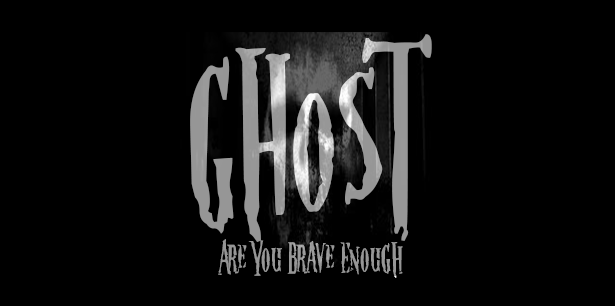Jack the Ripper Exposed
- Gary Taylor-Green
- Jan 24, 2021
- 3 min read
Updated: Apr 3, 2023

Robert James Lees (born 12 August 1849 in Hinckley, Leicestershire – died 11 January 1931 in Leicester) was a British spiritualist, medium, preacher, writer and healer of the late Victorian era and early twentieth century known today for claims that he knew the identity of Jack the Ripper, responsible for the Whitechapel murders of 1888.
At the time of the Jack the Ripper murders in 1888, Lees was living in the London area. His diary entries for 1888 reveal that on 2 October, during a month when no Ripper murders took place, Lees went to both the City of London Police and Scotland Yard offering his assistance in catching Jack the Ripper. However, he was turned away as a madman on both occasions, though Scotland Yard offered to write to him.
One story, frequently quoted in books and films on the subject, is that Lees, using his psychic power, led the police to Jack the Ripper.
This story first appeared in print on 28 April 1895, in The Chicago Herald. Another version of the same story was also published in The People on 19 May 1895.
The Chicago Herald article claimed that, over a number of years, Lees had been troubled by psychic visions of Jack the Ripper killing his victims. Each of these visions came true. Lees became disturbed by the visions and sought medical advice, going abroad as a result, where he no longer had the visions. Back in London, he and his wife Sarah were travelling on an omnibus

when a man got on at Notting Hill. Lees turned and told his wife that the man was Jack the Ripper. Even though his wife laughed at him, when the man got off the bus at Marble Arch, Lees followed him. Finding a police constable on the way, Lees told him of his suspicions, but the constable also laughed at him. After more murders, Lees was able to convince the police of the truth of his visions and led them to a fashionable house in London, which was home to a noted physician who had treated members of the Royal Family.On being found in incriminating circumstances, the doctor was put in a lunatic asylum under the name of Thomas Mason 124, and a mock funeral held. According to the Chicago Herald, the tale had been related by a Dr. Howard of London, who, when drunk, had told the story to a man who then told the newspaper.
Ripperologists disregard the story as a hoax. Obvious errors in the Chicago Herald story include the claim there had been 17 murders that took place over a number of years, but the actual number of Ripper victims was just five, with the actual murders occurring in just a few months in the Autumn of 1888.Melvin Harris in his book Jack the Ripper, The Bloody Truth provides convincing evidence that the story was a hoax. He believes that the hoaxers were the Whitechapel Club, Chicago.

The offices of the club at that time were behind those of the Chicago Herald.According to Harris, the police had "denied that Lees was involved with the Ripper hunt. In fact, Robert Lees's own diary entries contradict this part of the tale. They show that he didn't approach the police until October 2, 1888 three days after the murders on the twenty-ninth."
In 1976, the Lees/Ripper story came into prominence again with the publication of Stephen Knight's b ook Jack the Ripper: The Final Solution. Ian Sharp had rediscovered the Chicago Herald article while researching Jack the Ripper for a BBC documentary that had been screened
before the publication of Knight's book. The publication of The Final Solution saw the first time that the Chicago Herald article officially had been quoted in a major publication since The People had quoted it in 1895

Comments